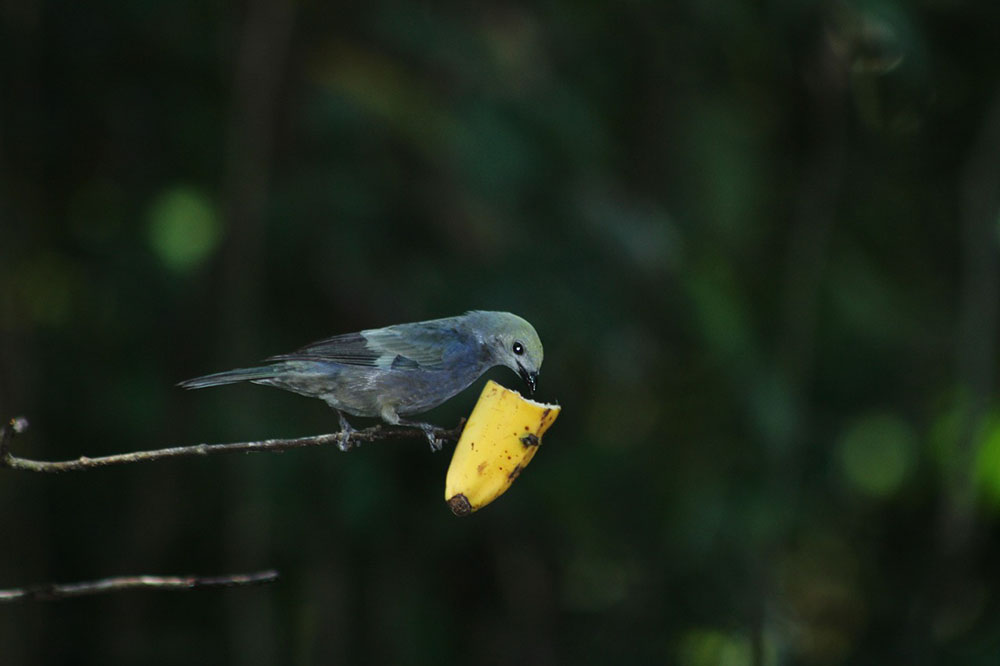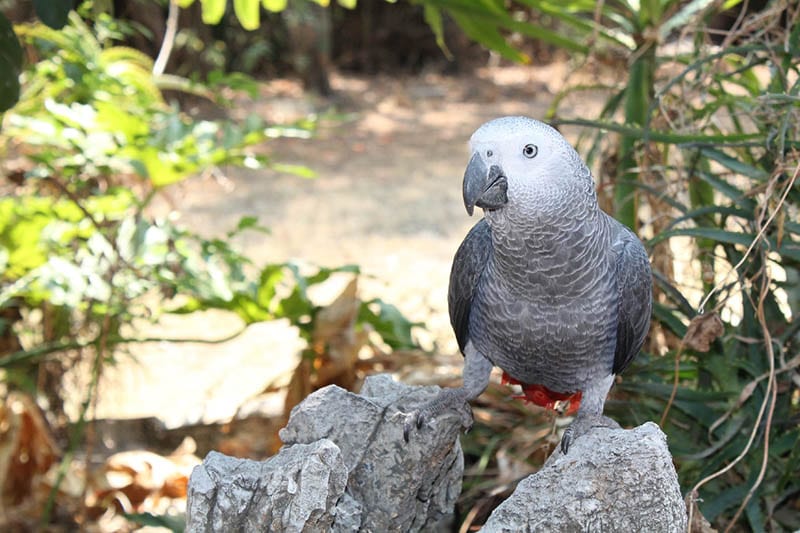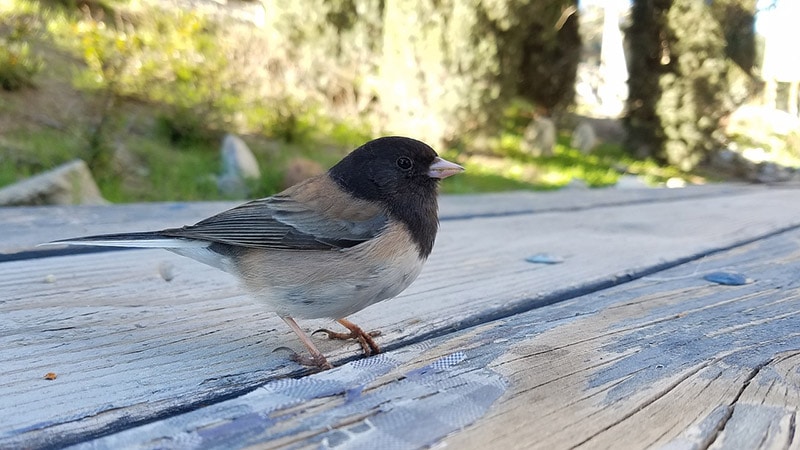
Pet birds come in many different species, shapes, and sizes. Some enjoy spreading their wings and socializing, while others prefer sticking to themselves. Either way, all bird species are descendants of animals that once lived in the wild (if they didn’t live in the wild themselves). However, many of the pet birds that we know and love were bred in captivity and have never been in the wild before.
So, could pet birds survive in the wild? If your pet bird gets loose, would they be okay until you found them again or even if you never found them? Unfortunately, the answer is not cut and dry. Your pet bird might survive in the wild, but they also might not. Here is what you should know about the topic to gain a clearer idea of what to expect if your pet bird gets loose and finds themselves in a wild environment.

Escaped Pet Birds Can Be Successful in the Wild
According to the Smithsonian Magazine1, at least 56 species of parrots that originated as escaped pet birds have made the wild their home in one way or another. Not only are they surviving, but they also seem to be thriving. The discovery of pet birds doing well in the wild started with a study published in the Journal of Ornithology. It suggests that of the 56 species found living in the wild, at least 25 of them are successfully breeding.
Twenty-three states in the United States have at least one species of parrot living within their borders. The most common species sighted are the Red-Crowned Amazon, the Monk Parakeet, and the Nanday Parakeet. Researchers use thresholds to determine the establishment of a bird species in the United States. These include active breeding and at least 25 sightings of the species.
Since parrots are designed to acclimate to tropical climates, it should come as no surprise that predominant populations reside in California, Texas, and Florida. However, this isn’t to say that parrots and other bird species cannot be found happily living in colder climates (at least during the summer), such as New York, Connecticut, and Illinois.

Here Is Why It Can Be Dangerous for a Pet Bird to Escape to the Wild
Just because some birds have figured out how to thrive in the wild after escaping captivity does not mean that all birds can do so. There are a few reasons that your pet bird might not make it in the wild, so you should never intentionally let them loose. Species of birds that are not native to an area may upset the local ecosystem by competing with natural inhabitants. It’s simply that if your beloved pet bird does escape, all hope is not lost, as it is technically possible for them to live in the wild.
This does not mean that you should stop looking for your pet bird if they escape, of course, as you could save them from hazardous environmental factors if they are found quickly enough. However, if you cannot find your escaped pet bird, there is a chance that they will survive and maybe even thrive. The topic is controversial, but with science backing the fact that pet birds can theoretically survive in the wild, try not to panic if your pet bird escapes. Instead, work with your veterinarian and local animal shelters to start the search for your bird, so you can bring them back to the home environment that they are used to.
A Lack of Food Sources
Parrots or other birds that are born in captivity don’t get taught how to find their own food in the wild. They are simply provided with all the food that they need (and likely more, when treats are considered!) and never have to think about foraging for their own. Therefore, they may lack the ability to source food to the point that they starve and succumb to the outdoor elements. Keep in mind that birds in captivity have no idea how to look for and find seeds and grasses, at least at first.

A Bigger Chance of Poisoning
Since pet birds are not “trained” to find their own food in the wild, they may have a hard time deciphering what is and isn’t poisonous to them. Birds might drink from water puddles in the road that are filled with chemicals like motor oil. They might munch on poisonous berries or mistake a piece of plastic on the ground as a form of food. Whatever the case, there is a bigger chance of them getting poisoned in the wild than in captivity because their captive environment was controlled.
An Increased Susceptibility to Predators
Birds living in captivity know nothing about predators. In fact, many learn to live happily with dogs and cats that are also in their households. So, if they escape and try living in the wild, they don’t tend to understand what is and isn’t a predator. They might try to cozy up to a cat, only to get attacked.

Final Thoughts
Pet birds are safest when they are kept in captivity, where they can rely on a constant source of nutritious food and a social environment where they can bond with other living beings, whether humans or other animals in the household. They do seem to be able to get along well in the wild, but that is not always the case.
Featured Image Credit: SCPotter1948, Pixabay


